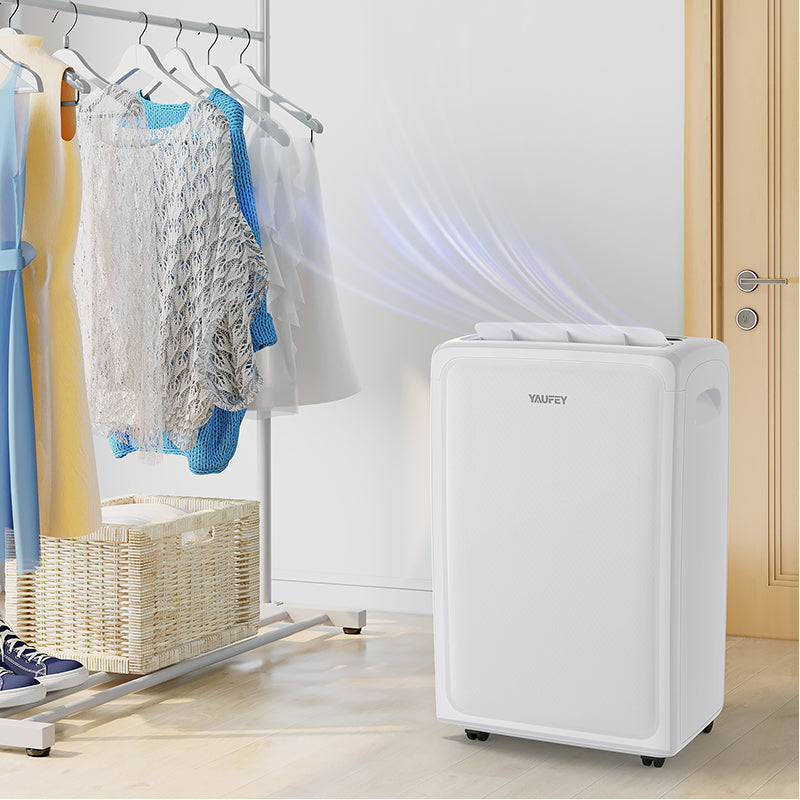
Air Purification Process 一 You Must Know
I have been talking about "Air Purification", but I have ignored the user's understanding of air purification. We usually think of filtering dust or exchanging air. In fact, the air purification process cleans the air by internal ionization technology, while the dust in the air is permanently stored on the filter.
There are two types of air purification technologies, active and passive. Active air purifiers use ionization to clean the air, while passive air purifiers use air filters to remove contaminants. They are more effective because all dust and particulate matter are permanently removed from the air and collected in the filter.
Several different effectiveness processes can be used to purify the air.
Thermodynamic Sterilization (TSS) - This technology is heat sterilized by a ceramic core and microcapillary, and heated to 200 ° C (392 ° F) by microcapillary. It is reported that 99.9% of microbial particles - bacteria, viruses, dust mite allergens, mold and fungal spores - are burned.
The natural process of air convection through the air passes through the ceramic core and is then cooled and released using a heat transfer plate. TSS is not a filtration technique because it does not capture or remove particles.
It is claimed that TSS does not release harmful by-products (although some of the by-products of thermal decomposition are not addressed) and also reduces the concentration of ozone in the atmosphere.
UV Sterilization - UVGI can be used to sterilize air that has been sterilized by forced air UV lamps. The air purification UVGI system can be a stand-alone device with a shielded UV lamp that uses a fan to force air through the UV. Other systems are installed in the forced air system so that the circulation of the house moves the microorganisms through the lights. The key to this form of disinfection is the placement of UV lamps and a good filtration system to remove dead microorganisms.
For example, a forced ventilation system is designed to obstruct the line of sight, creating an environmental area that will be obscured by ultraviolet light. However, the UV lamps placed at the coils and drains of the cooling system will prevent microbes from forming in these naturally wet areas. The most effective way to handle air, not coils, is the online piping system.
Filter-based purification removes particles from the trapped air by size. Air is forced through the filter and the filter physically captures the particles.
The High Efficiency Particle Killing (HEPA) filter removes at least 99.97% of 0.3 micron particles and is generally more effective at removing larger particles. The HEPA purifier filters all air entering the clean room and must be placed next to the HEPA filter without air.
In dusty environments, HEPA filters can use conventional filters (pre-filters) that are easy to clean, which remove coarser impurities, so HEPA filters require less cleaning or replacement. HEPA filters do not produce ozone or harmful by-products during operation.
Filter HVAC at MERV 14 or above was rated to remove airborne particles of 0.3 microns or greater. For particles between 0.3 and 1.0 microns, the high efficiency MERV 14 filter has a capture rate of at least 75%.
Although the capture rate of the MERV filter is lower than the capture rate of the HEPA filter, the central air system can move more air for the same period of time. Using an advanced MERV filter is more effective at using a fraction of the initial capital expenditure than using a high power HEPA machine.
Unfortunately, most furnace filters slide in place without a hermetic seal, which allows air to pass through the filter. This problem is even worse for higher efficiency MERV filters due to increased air resistance.
More efficient MERV filters are generally denser and increase air resistance in the central system, requiring greater air pressure drop and thus increased energy costs.
Activated carbon is a porous material that adsorbs volatile chemicals on a molecular basis, but does not remove larger particles. The adsorption process using activated carbon must be balanced, so it may be difficult to completely remove contaminants.
Activated carbon is only a process that converts contaminants from a gas phase to a solid phase, which can exacerbate or disturb pollutants when they are regenerated in an indoor air source.
Activated carbon can be used at room temperature and has a long history of commercial use. It is often used in conjunction with other filtration technologies, especially with HEPA. Other materials can also absorb chemicals, but at a higher cost.
Based on user feedback,YAUFEY has upgraded the function of the air purifier and added a dehumidification function to completely isolate excess moisture from the air. Bring more help to American users!
